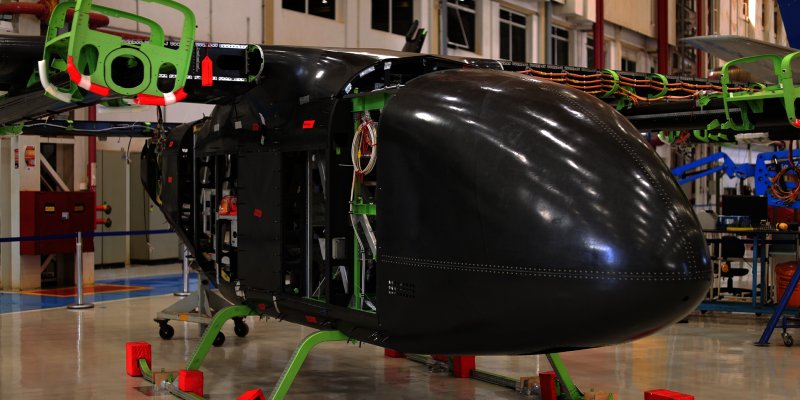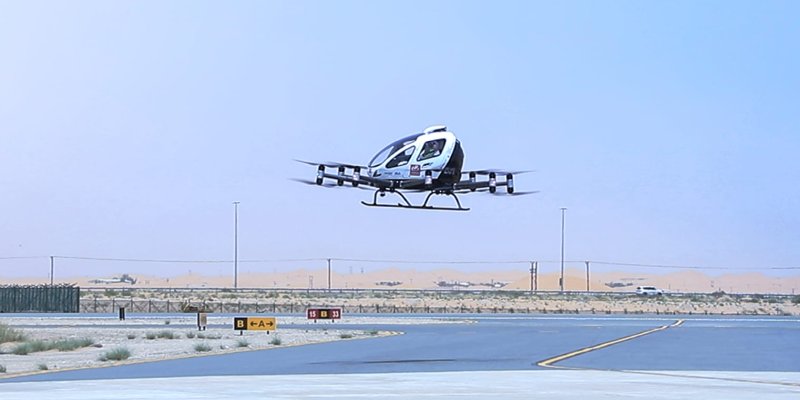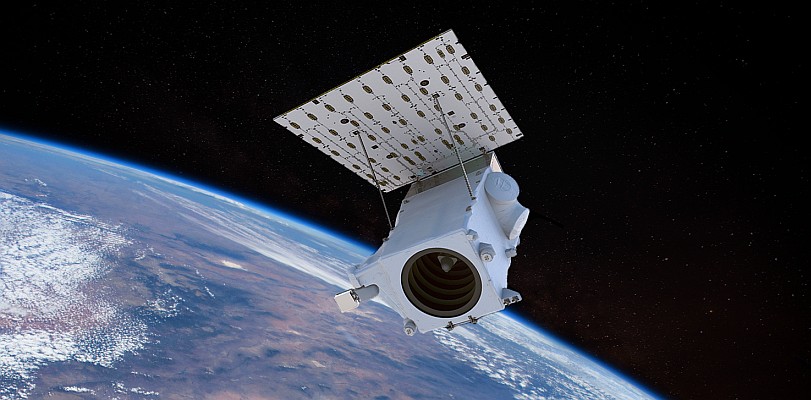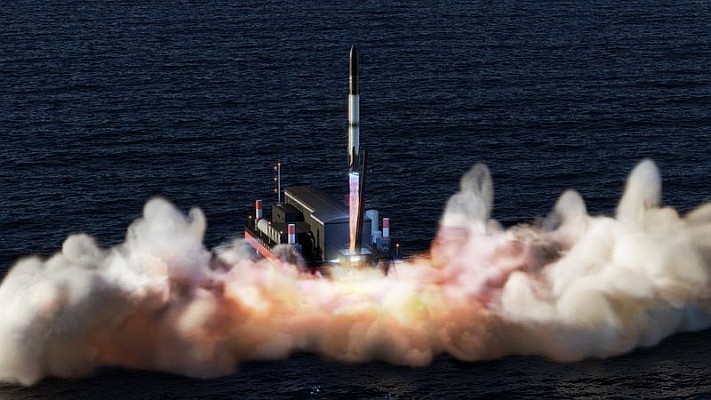The Global Positioning System (GPS) constellation is the most robust and capable system in the history of space. Space Vehicle Number (SVN) 23 is a testament to how the Air Force continues to meet and exceed its operational requirements with GPS.
GPS Block IIA-10 (SVN-23), built by Boeing (formerly Rockwell Corporation), was launched on 26 November 1990 and set healthy to navigation and timing users on 10 December 1990. The satellite was the first in the series of GPS IIA satellites to be launched with a design life of 7.5 years. To-date the satellite has operated longer than any other satellite and predicted to last another 12-18 months.
"Boeing has a solid history of delivering satellites that live beyond their contractual lives," said Craig Cooning, vice president and general manager of Boeing Space and Intelligence Systems.
"The same commitment that was evident with the first GPS IIA satellite in 1990 lives on in Boeing’s newest GPS satellite, GPS IIF. The first of 12 GPS IIF satellites entered service on August 26. One important device on GPS IIF is the atomic clock, and we are very satisfied with its performance, which is the highest in the history of the entire GPS fleet."
The satellite has provided many years of service to users around the world. In the 1st year of service, there appeared to be a flaw in the satellite’s solar array drive, a device that keeps the solar arrays trained toward the sun. At that point, the 2nd Space Operational Squadron (2SOPS) in Colorado Springs began to manually slew the solar arrays.
After fourteen years of manually slewing, that technique became problematic and the satellite was put in standby mode.
About three years later, 2SOPS decided to try the satellites’ auto track feature again. Much to the surprise of everyone, the satellite functioned adequately and even improved over time. To this day, it still has all four reaction wheels operating and one of the best atomic clocks in the remaining group of GPS IIA satellites.
Modernization efforts are underway to provide new space-based capabilities to ensure GPS remains the gold standard for positioning, navigation and timing service worldwide. GPS will deliver sustained, reliable GPS capabilities to the warfighter, our allies and civil users.
The GPS constellation remains healthy, stable and robust with 31 operational satellites on-orbit, 11 IIA, 12 IIR, 7 IIR-M and 1 IIF. The IIR-M satellites have additional modernized signals, one on L1 frequency and two on L2.
The IIF satellite has all the new modernized signals plus improved accuracy through advanced clocks, a longer design life than previous GPS satellites and a new operational third civil signal (L5) to be used for commercial aviation and safety-of-life application.
The next GPS IIF satellite is expected to launch in 2011. GPS III, a new generation of GPS satellites, will implement improvements in timing and positioning, accuracy, signal strength, integrity, design life and interoperability.
These improvements are being implemented based on high-heritage technology as part of a low-risk, high-confidence program. In the future, directional cross-links and directional spot beam will be added to further enhance the constellation performance.
These enhancements will contribute to improved accuracy and assured availability for military and civilian users worldwide. The first GPS IIIA satellite is projected to be available for launch in 2014.
"Steady progress is being made to synchronize space, control and user equipment programs for timely delivery of integrated GPS capabilities," said Colonel Bernie Gruber, director, Global Positioning Systems.
"Our number one priority is mission success in everything we do. We have high confidence that the path set for GPS is going to allow us to continue to meet or exceed our worldwide civil and military positioning, navigation and timing commitments."
The United States Air Force and Air Force Space Command have been the diligent stewards of GPS since its conception in the 1970’s and continues its commitment to this critical component of our National infrastructure. The Air Force is committed to providing uninterrupted GPS service, at or above its performance commitments for decades to come.
Follow us on Twitter.






